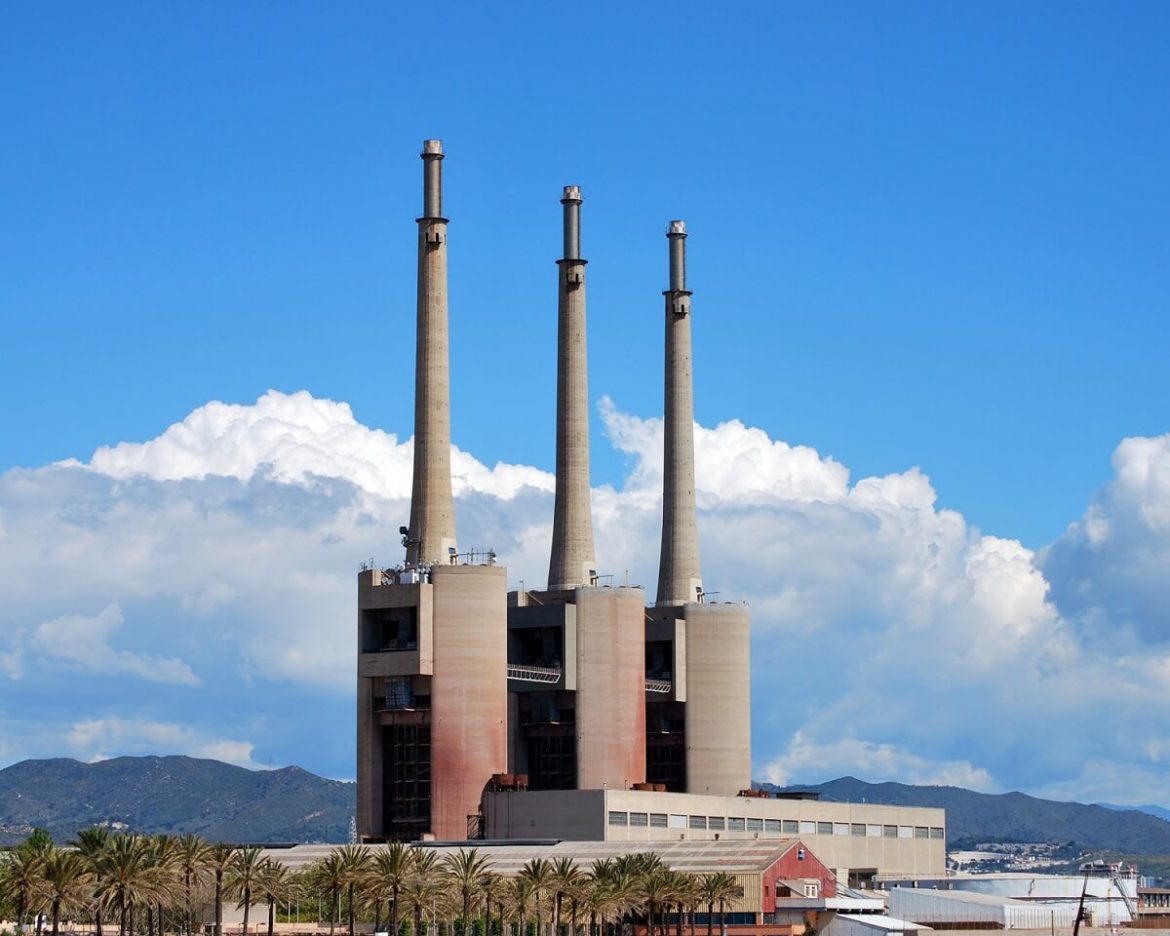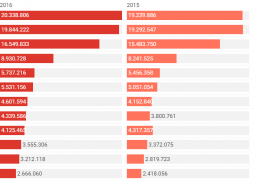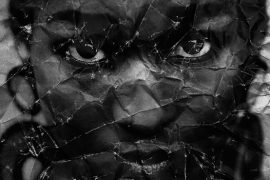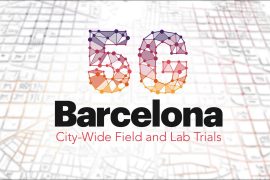A few weeks from municipal elections the acts that seek to define the new Barcelona have multiplied. Barcelona Global, the cultural publication Hänsel* i Gretel* in its events at the Alma hotel, the Chamber of Commerce, the Equestrian Circle or New Barcelona Post have chosen to open the debate on Barcelona, beyond the political candidates that are proposed for becoming mayor. Some of the new scenarios of the new Barcelona drawn on the horizon are: the Marina del Prat managed by the Zona Franca Consortium, the culmination of the technological realization of 22@, the cultural district of L’Hospitalet de Llobregat, the reordering the Ciutadella Park with a new management approach to the Barcelona Zoo, the Montjuic mountain or the project for a new use of the Besòs thermal power station. These are some examples of the momentum that Barcelona will experience in the coming years.
One of the particularities of the future development of Barcelona is that the city has already acquired new centers, such as Plaza Europa in L’Hospitalet de Llobregat and the Plaza de las Glorias in Barcelona, which establish a city dynamic oriented towards the outside instead of towards its inside. Driven by these initiatives, the new Barcelona allows observing that the city will have to be understood as a metropolis, and that projects such as the remodeling of the Rambla or the Diagonal tram are no longer key proposals that determine the new city. Also, it will necessarily have to be understood as a cultural city. If so, it can allow refueling the potential of Barcelona as a symbolic and business space, just like Miquel Molina warns in his book Alerta Barcelona. The new economic scenarios of Barcelona are conditioned by the evolution of Barcelona in the next four years, in which its will vocation of capital be put to test, as much as its growth potential.
The proposal of the Marina del Prat involves urbanizing 750,000 m2, equivalent to more than 40 blocks of the Barcelona Eixample. It is intended to build there a pilot space for young people, where creativity defines its uses and its technological dimension. This is a good example of how are going to be promoted new scenarios. The cultural district projected in L’Hospitalet de Llobregat announces that the poles of artistic attraction between Barcelona and L’Hospitalet are essential to make sustainable creative projects that need new spaces to display their ideas. The idea of completing the Montjuic Mountain area with the Fira de Barcelona, the MNAC, the Miró Foundation, the CaixaForum, the German pavilion of Mies Van del Rohe will determine a cultural center capable of attracting international attention; a space that requires a strong public and private commitment to give meaning and direction to the necessary investments. The proposal to enlighten the 22@ as a technological area, which represents a sort of small La Défense, implies that companies such as Mediapro, RBA, the Vila Casas Foundation or the Pompeu Fabra University shall acquire more prominence when it comes to establishing the growth guidelines of the area, including the Plaza de las Glorias with its symbolic potential. The project of completing the new use of the Ciudadela park, closing therefore the debate on the Barcelona Zoo, should allow to rethink one of the spaces that could become a new center of business and tourism activity. This idea is rightly suggested by Xavier Bru de Sala, who has also emphasized new activities that can be implemented in many of the available spaces in Barcelona. Given these initiatives, it is necessary to confront the need to provide a historical and economic sense to the Besòs Thermal Power Plant, which would allow the city to develop towards the Besós River and the Llobregat River.
All these projects that have been thought and discussed, will be key for the next decade, having also to face and adapt the changes brought by robotics, the demands of mobility, the great unfinished business of Barcelona, the commitment to sustainability and the economy of knowledge. In the near future, large cities will be competitive if they manage to combine good weather, qualified professionals in the new economy, access to housing at competitive prices, social cohesion based on respect and tolerance and the ability to assume the social contract of the 2030 agenda for sustainable development, which has already been approved by the UN General Assembly.
The new growth scenarios of Barcelona seek the strength, sensitivity and capacity of the public actors of the Barcelona City Council, the Barcelona Diputació, the government of the Generalitat, the Spanish State and the private sectors to advance and consolidate the city as the Great Barcelona that so often has been proclaimed by all.





















